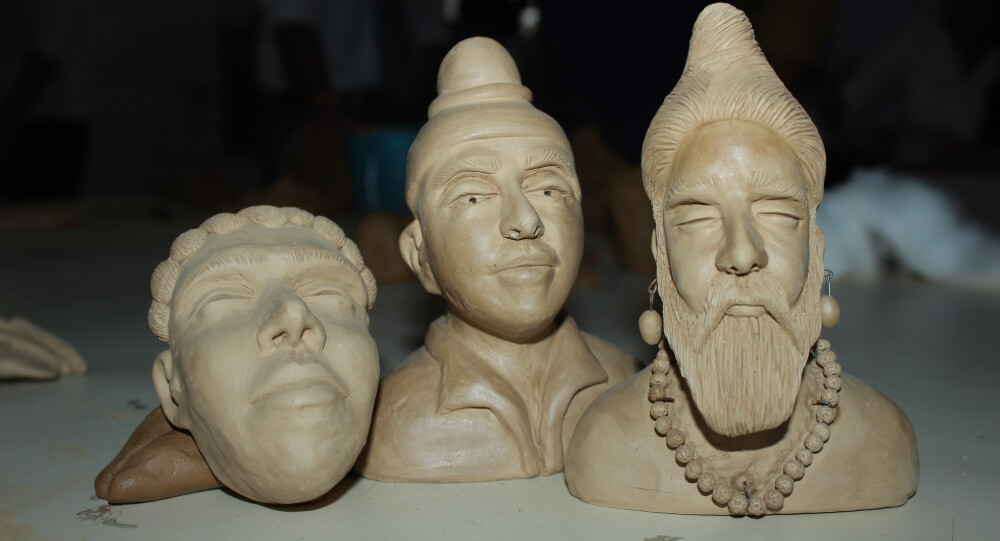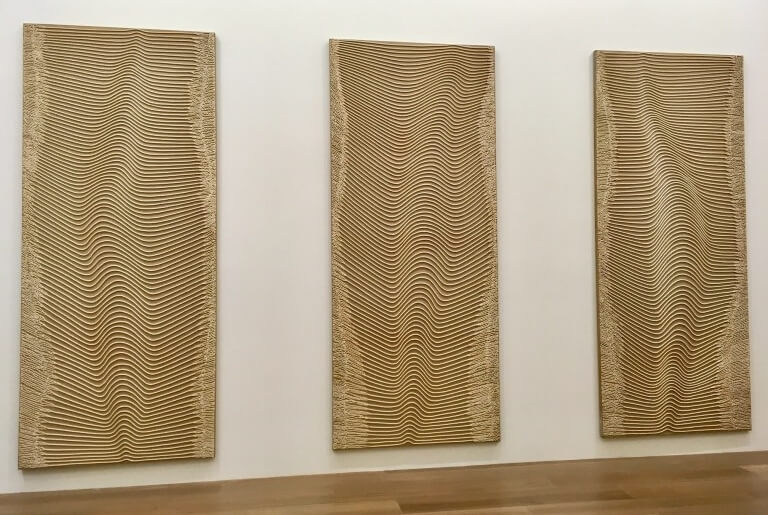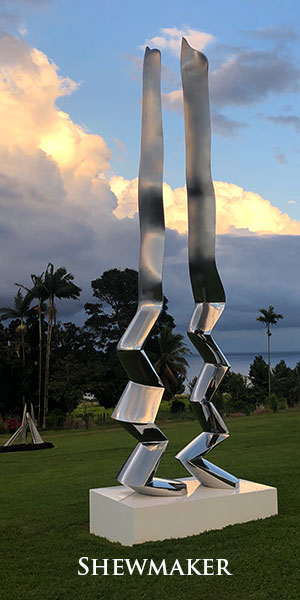Sculpture Techniques and Materials

Sculptors use various materials and techniques in their creations, and their choices reflect on the resultant objects. Here are the standard methods in place as at now:
Clay Modelling
Clay has many advantages to an artist. One it is widely available. Two, it is inexpensive. And three, it is versatile such that the sculptor can create unique objects using the material. Also, clay provides an avenue where an artist can portray an idea before working on the final design. It also allows people to transfer designs from one object to the other in the form of molds.

Wax Modelling
Wax modeling allows an artist to come up with a unique design. Sometimes, the use of wax acts like a step to achieving another design. Take an example of bronze sculpting. The artists sometimes use models made of wax in their creative processes.
Stone Carving
TThis form of sculpting is common in architectural pieces as well as the making of figures. The type of stone used depends on the region. Take marble as an example. It was common in Italy and resulted in stunning designs. The downsides of using it were that it was quite brittle. However, with supports in place, working with it became easier. Artists often use columns or tree trunks to support the heavy weight of the stones.
Wood Carving
As is the case with stones, the region played an essential role in the selection of the tree in use. Softwoods are easier to carve as they are less dense. However, where an artist wants to create a durable piece, hardwoods are the best option. They also enable the artist to carve out finer details than they would with a softwood.

Carving on wood is similar to that in stone. It starts with splitting a tree trunk before roughly creating the design with an ax before using shaping tools on the wood. Once the carving takes place, the artist smoothens the surface and decides on the finishing which can involve glass embellishing, painting or gilding.
Ivory Carving
Ivory often refers to the hard-white substance in the tusks of mammals, but its definition also extends to materials of a similar nature. The design attained by the artist depends on the source of the ivory as the successful layers influence the shape of the sculpture. Also, the size of the tusks will affect the design. African tusks get preference owing to their large dimensions in the ranges of two meters.
Semi-Precious Stones and Shell Carvings
Other than the materials stated above, artists also work with gemstones and hard stones in their designs. Example include rock crystals. They also use softer materials such as corals and shells. When working with hard stones, they use metal tools, abrasive powders, and diamond drills to work on the shapes. For the soft mineral materials such as amber, they lean on the use of chisels and knives which can easily cut into the masses, thus helping them bring the forms to life.
The use of soft materials is not only about the ease of carving, but it also extends to symbolism in that they are representative of medicinal benefits. The hard elements are characteristic of purity and light, as was the case in medieval times.
Bronze Casting
Bronze is a sturdy and durable material as it is a combination of tin and copper and often has traces of zinc or lead. The advantage of using it is that it allows the artist to feature captivating details through the use of casting molds, resulting in objects such as sculptures, tools, and weapons. Its use started back in Europe before spreading throughout the globe in the medieval times and the eras that followed. Casting takes place in two ways. There is the use of powdery sand molds and those made of wax, and it all depends on whether the artist wishes to reuse the molds.
Decoration
Surface decoration depends on whether the artist wants to perfect the finished piece. In the past, sculptors would rely on gilding, painting and laying semi-precious stones on the objects. In some cases, though, such as marble-carving, the unfinished look provided the best option.
These techniques heavily borrow from each other, thus perfecting sculpting as an art.





